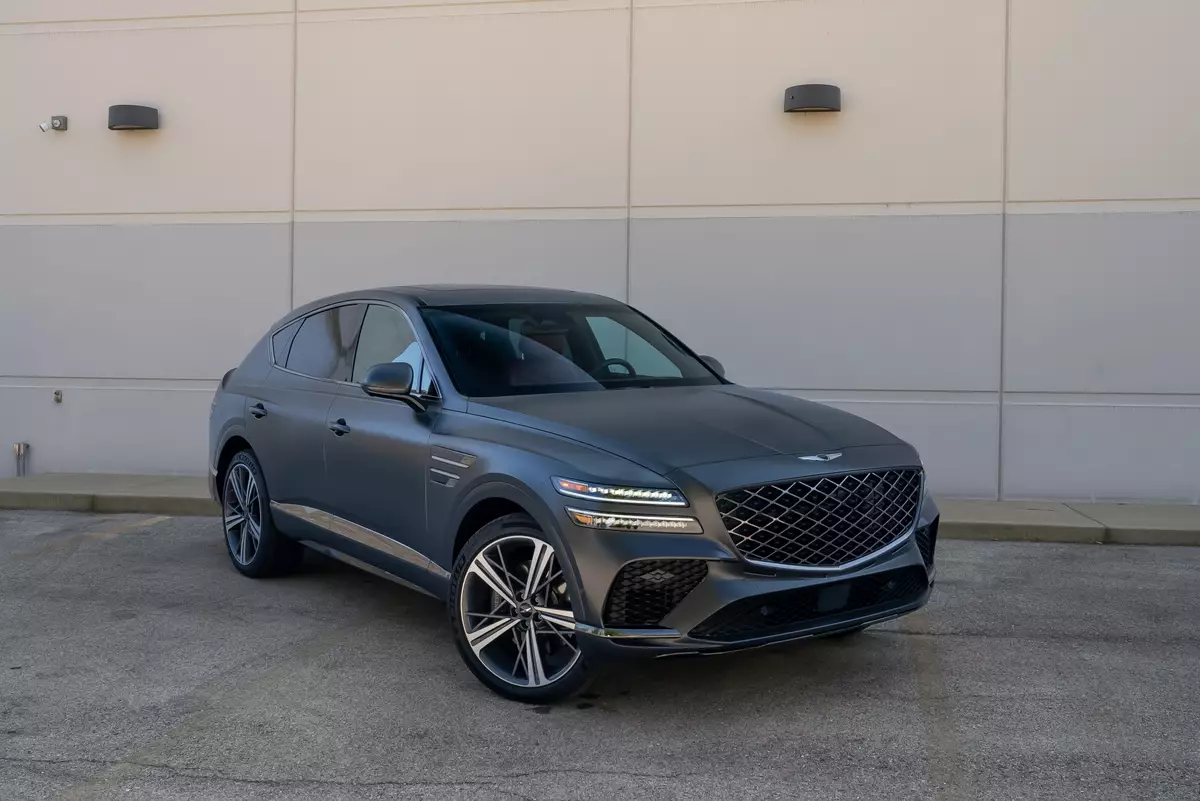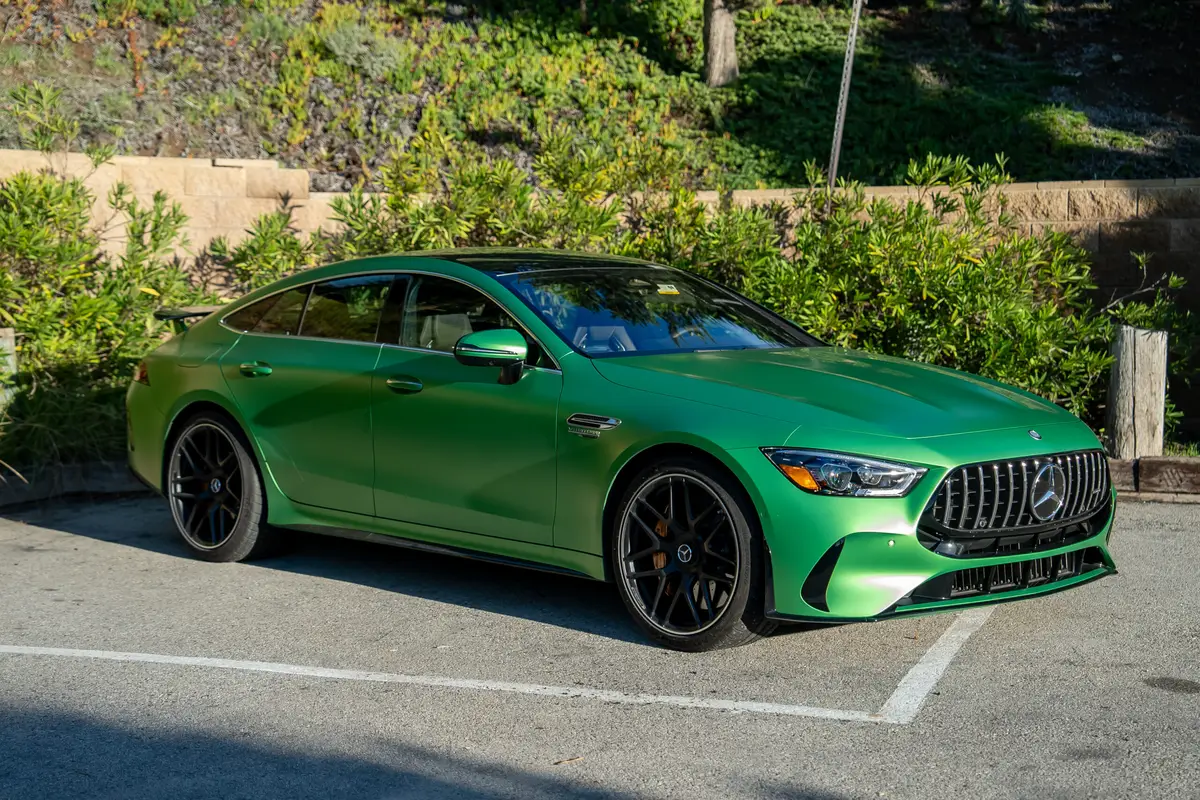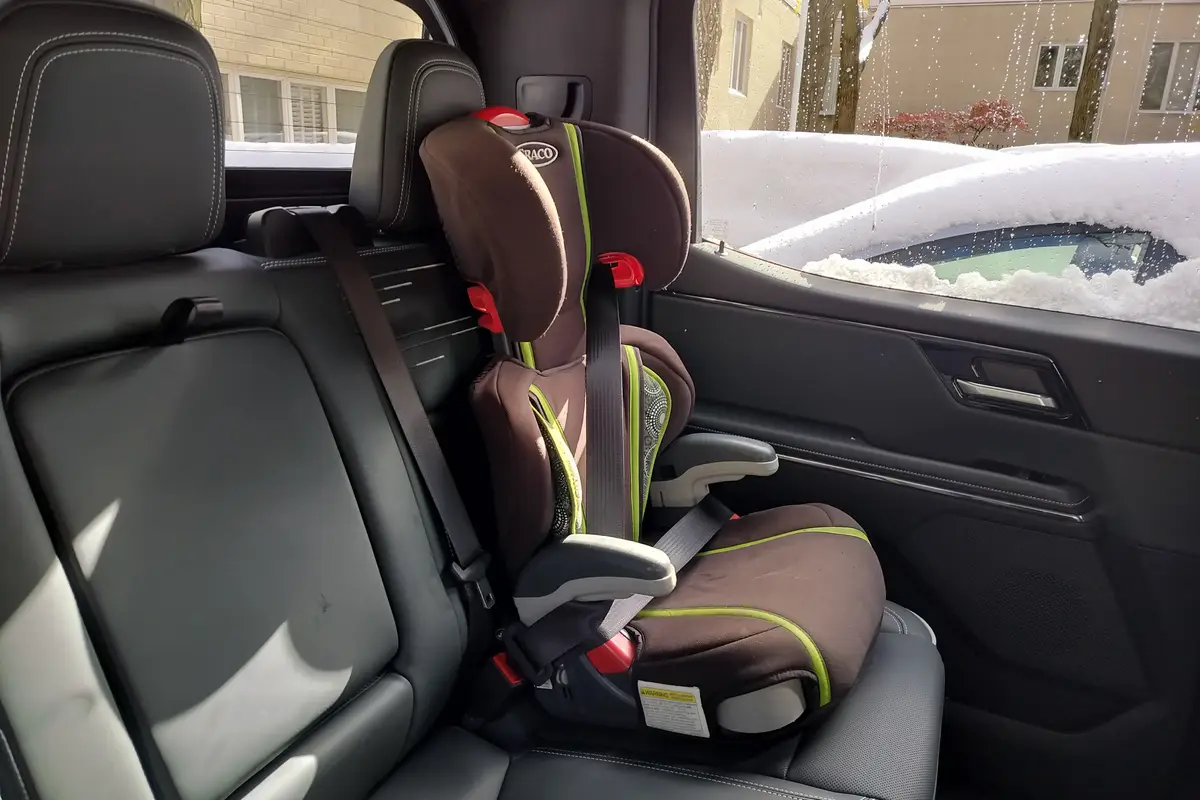AZCentral.com's view
Mitsubishi Outlander is the latest entry in the strange new world of compact sport utility vehicles, the segment for people who want the convenience and style of an SUV but not the expense, bulk and spotty handling of a big truck.
The Outlander, like others of its ilk, is basically a tall station wagon built on a compact-car platform and imbued with the appearance and panache of an SUV. For Mitsubishi, the result is a practical craft with good driving characteristics, attractive interior, nice styling and a favorable price tag.
Though the name is dangerously close to “outlandish,” the Outlander is anything but. The starting price of $18,000 for a well-equipped, front-wheel-drive version competes in the bargain arena, considering its overall refinement and Mitsubishi’s quality reputation.
Where the low price tag reveals itself is in the choice of engine. The sole motivator is a 2.4-liter four-cylinder, which produces decent power but is harsh and noisy over the range of driving demands. The drone gets old pretty quickly.
I don’t have anything against fours, but the prevailing market for compact SUVs is V-6-driven. This engine does feel stronger than its 140 horsepower, accelerating smartly and climbing grades with ease. What might have helped is more sound insulation to cut back on the constant moan in moderate driving and pitched howl under acceleration.
The engine is hooked up to a nice-shifting automatic, though it does seem overanxious to downshift under moderate throttle, with the attendant engine roar. No stick shift is available, even though this vehicle would obviously benefit.
In the realm of SUVs, there are those that can go off-roading and those that can’t. In this segment, most can’t tackle the kind of steep, boulder-strewn trails that get Jeep drivers all aflutter. With the exception of the Jeep Liberty and Nissan Xterra, both truck-based with sturdy four-wheel drive, the compact SUVs are car-chassis based and equipped with electro-hydraulic all-wheel drive. Great for snow, dirt and other low-traction surfaces, but impractical for those Jeep trails.
The test Outlander was a front-wheel-drive version. All-wheel drive is available, which should make it a decent runner on dirt roads or snowy surfaces. The clearance is higher than a passenger car but not by much.
Outlander is basically a family car that’s more at home at the shopping mall parking lot than a mountain slope. At least it’s not one of those rugged trucks that never see anything more grueling than a curb cut.
Outlander is small, but the interior is surprisingly roomy, even the back seat. Space behind the rear seat is scant, however, so packing vacation luggage for a family of four might be a challenge. The dash is simple and stylish, with an interesting silver metallic strip running across the center.
Handling is above average for this class of vehicle, probably attributable to its small size and light weight. Outl ander feels nimble and quick, despite its small four.
The styling is distinctive and attractive, with a non-aggressive look that should appeal to women, who are the major buyers of compact SUVs.
In a segment that was non-existent a half-dozen years ago, Outlander is a late-comer that faces considerable competition from the likes of Toyota RAV4, Honda CR-V, Ford Escape/Mazda Tribute, Liberty, Xterra, Hyundai Santa Fe, Saturn Vue and the new Kia Sorento. In this price range, most have four cylinders.
The Outlander was fully equipped at just under $18,000, including all power features and a decent stereo. Options were a package of cargo cover, keyless entry, roof rails and floor mats at $500 and an appearance package of 16-inch alloy wheels and privacy glass, also $500. Shipping adds $580.
The Outlander is a likable vehicle that complements Mitsubishi’s high-end Montero and midrange Montero Sport, both truck-based SUVs with good off-roading capabilities.
Latest news


2026 Mercedes-AMG GT63 S E Performance 4-Door Coupe Review: A Mouthful, a Handful and an Eyeful

